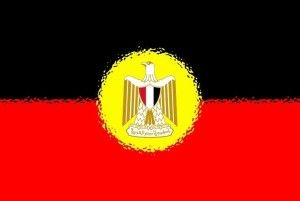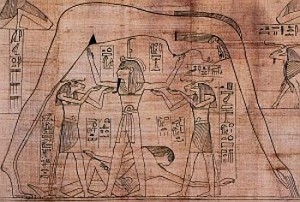Wake Up World April 7 2014
 We had already established Frederic Slater’s impressive credentials and inclination to accept Australia’s ancient Egyptian connection, a concept which in the 1930′s had a receptive audience and eminent supporters. Yet we were still experiencing some difficulty digesting the level of mainstream acceptance of this connection, in both public and academic circles, that was evident in the 1930s.
We had already established Frederic Slater’s impressive credentials and inclination to accept Australia’s ancient Egyptian connection, a concept which in the 1930′s had a receptive audience and eminent supporters. Yet we were still experiencing some difficulty digesting the level of mainstream acceptance of this connection, in both public and academic circles, that was evident in the 1930s.
[For full details, please read Com-piracy: How Government Suppressed Evidence of Ancient Egyptians in Australia]
The scope of mainstream consensus and the calibre of experts involved was unexpectedly commendable. However one question that we felt needed to be addressed relates to whether this talk of ancient Egyptians in Australia began in the 1930’s, or was Slater picking up the baton previously held by even more adventurous academics?
What we were unaware of when researching that earlier article was that the concepts reported by Australia’s mainstream press in the 1930′s were actually old news. Such talk of ancient Egyptian contact had been a topic often discussed in Australian media decades before Slater or Elkin (Professor of Anthropology at Sydney University) publicly approached the subject.
Mainstream Media Circa 1914
A lengthy article published in the Sydney Morning Herald newspaper on July 20, 1914 was introduced by a sequence of four headings: “Mystery of Man. Stories in Skulls. Egypt and Australia. ProfessorElliot Smith Amazed”.

